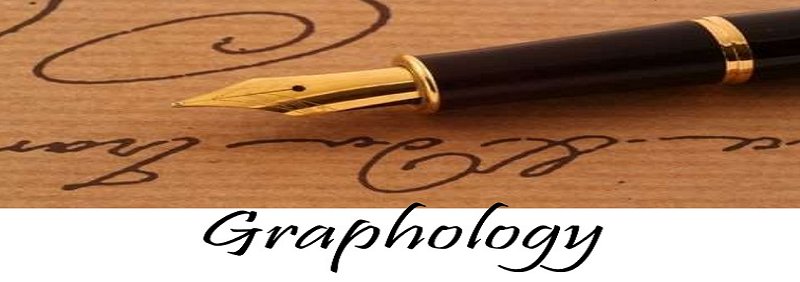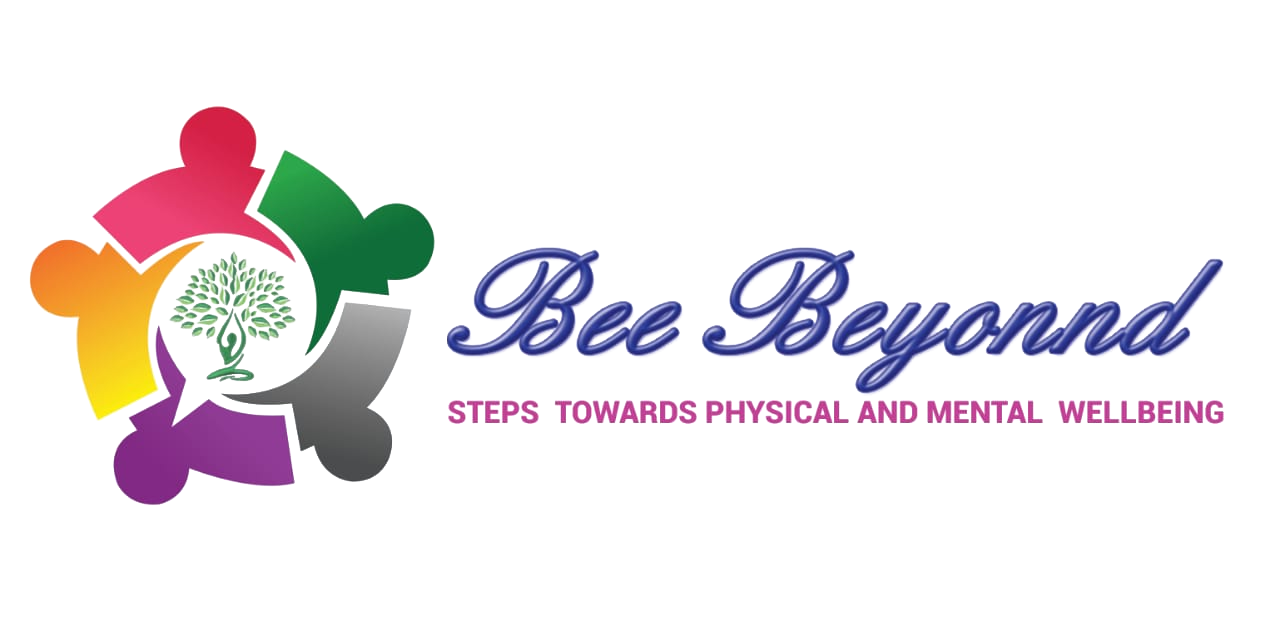
Graphology
- Basic Practitioner Course In Handwriting
- Signature Analysis
- Advance Practitioner Course In Signature Designing
- Advance Practitioner Course In Business Card & Logo Designing.
An Introduction to Graphology
Graphology - the study of handwriting and handwriting analysis - is now an accepted and increasingly used technique for assessment of people in organization. Handwriting analysis is an effective and reliable indicator of personality and behaviour, and so is a useful tool for many organizational processes, for example: recruitment, intervieWing and selection, team-building, counselling, and career-planning.This is a free introductory guide to graphology, and a free handwriting analysis tool pdf download, with examples of techniques that graphologists and handwriting analysis experts use to analyse a person's personality from a sample of handwriting.
Theory and History
A person's handwriting - the script - and its placing on the page express the unique impulses of the individual: logically, the brain sends signals along the muscles to the writing implement they control. By examining a handwriting sample, an expert graphologist is able to identify relevant features of the handwritten script, and the way the features interact. The features, and interaction between them, provide the information for the analysis. (No single handwriting sample will exhibit all 300 different features of course - a typical analysis will involve far less).No single handwriting feature proves anything specific or absolute by itself; a single feature alone can only identify a trend. It is the combination of features, and the interaction between them that enable a full and clear interpretation.

Handwriting Features
As previously stated there are around 300 features - this introductory article attempts to explain some of the basic ones that can be readily understood and which give interesting information.
Slant
Right slant indicates a response to communication, but not how it takes place. For example, the writer may wish to be friendly, manipulative, responsive, intrusive, to sell, to control, to be loving, supportive, just to name some possibilities.
Size
Right slant indicates a response to communication, but not how it takes place. For example, the writer may wish to be friendly, manipulative, responsive, intrusive, to sell, to control, to be loving, supportive, just to name some possibilities.
